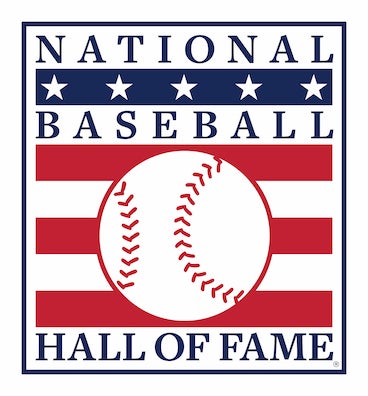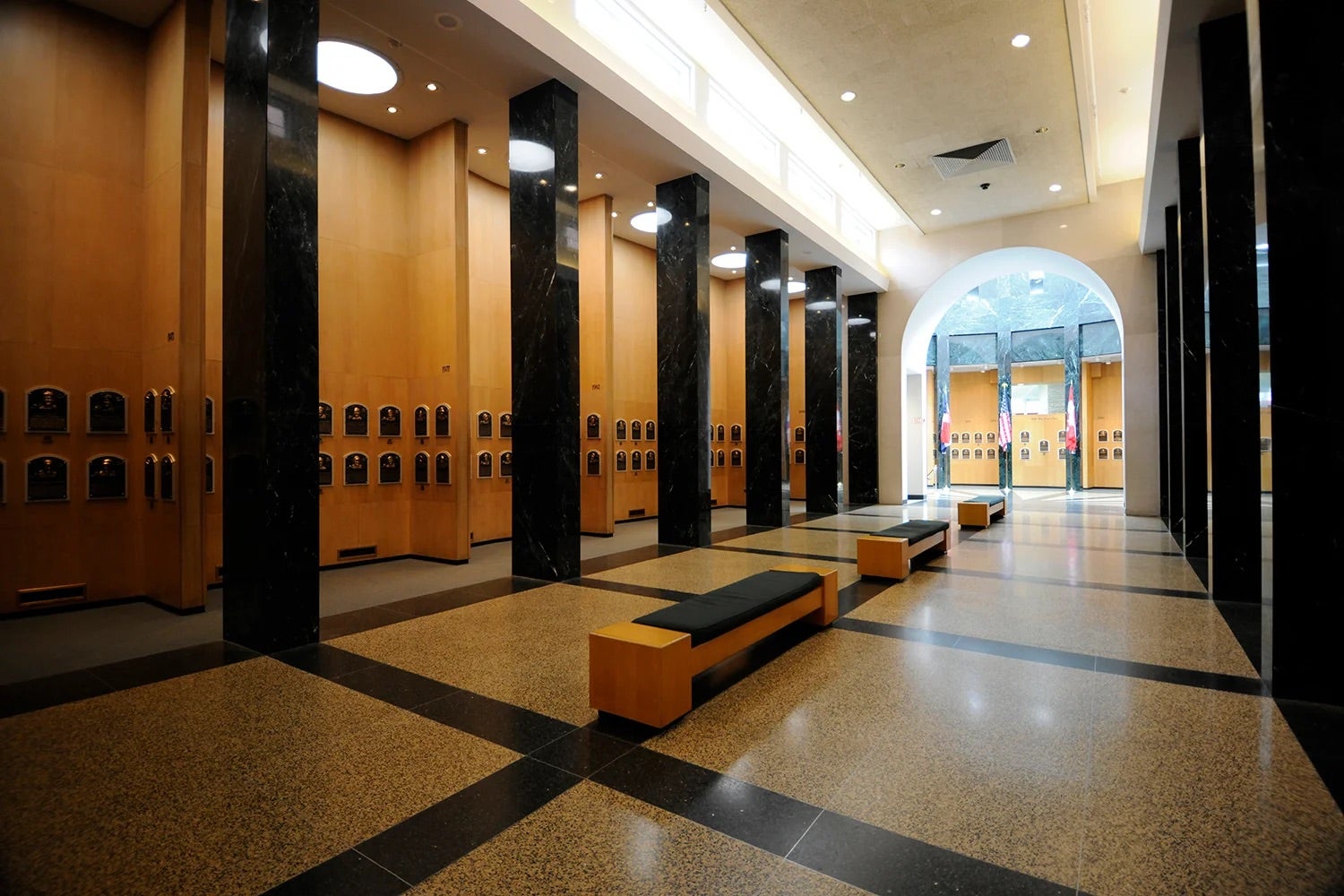
CONTEMPORARY BASEBALL ERA PLAYER BALLOT
Players whose primary contribution to the game came since 1980.
Jeff Kent earned election to the National Baseball Hall of Fame on Dec. 7, 2025, via the Contemporary Baseball Era Committee process.
The eight-player ballot was comprised of candidates whose primary contribution to the game came since 1980.
BARRY BONDS
Barry Bonds played 22 seasons with the Pirates and Giants, winning seven National League Most Valuable Player Awards and eight Gold Glove Awards in the outfield. MLB’s all-time home run leader with 762, Bonds set single-season records for home runs (73 in 2001) and walks (232 in 2004). He led the NL in on-base percentage 10 times and paced the league in batting average twice.
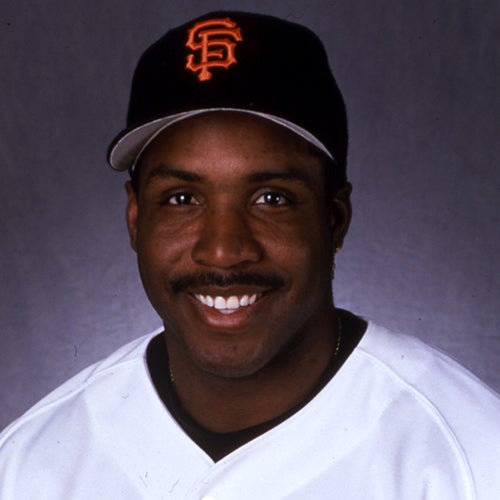
National Baseball Hall of Fame and Museum
ROGER CLEMENS
Roger Clemens pitched 24 seasons for the Red Sox, Blue Jays, Yankees and Astros, winning seven Cy Young Awards. Clemens was named the 1986 AL Most Valuable Player and earned All-Star Game berths in 11 seasons. A two-time World Series champion with the Yankees (1999-2000), Clemens led his league in earned-run average seven times and was a five-time 20-game winner.
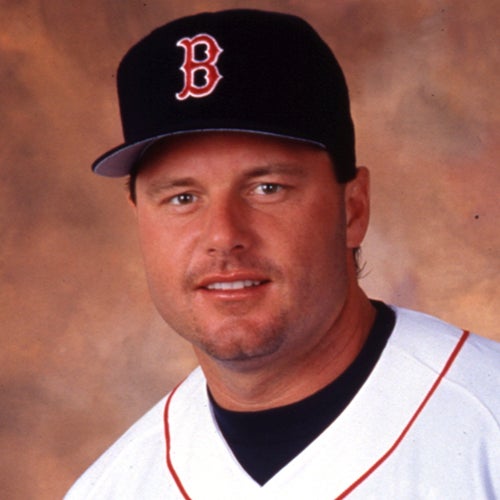
National Baseball Hall of Fame and Museum
CARLOS DELGADO
Carlos Delgado hit 473 home runs, including 11 straight seasons with at least 25 homers, during a 17-year career with the Blue Jays, Marlins and Mets. A three-time Silver Slugger Award winner at first base, Delgado was a two-time All-Star who won the 2006 Roberto Clemente Award and finished in the Top 10 of his league’s MVP voting four times.
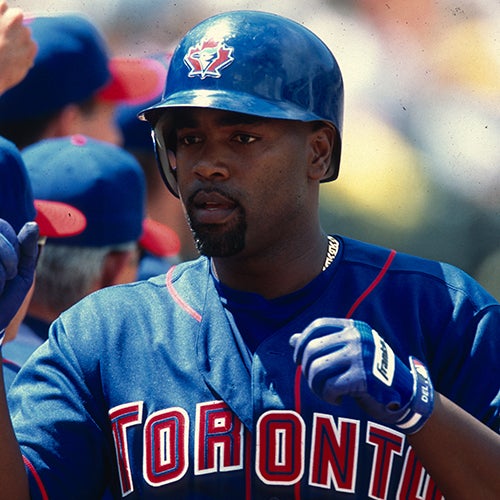
Brad Mangin/National Baseball Hall of Fame and Museum
JEFF KENT
Jeff Kent, the 2000 National League Most Valuable Player, played 17 seasons with the Blue Jays, Mets, Indians, Giants, Astros and Dodgers. A five-time All-Star, Kent won four Silver Slugger Awards at second base while posting 12 seasons with at least 20 home runs and eight campaigns with at least 100 RBI. He hit 351 of his 377 home runs as a second baseman, the most ever at the position.

Martha Jane Stanton/National Baseball Hall of Fame and Museum
DON MATTINGLY
Don Mattingly played 14 big league seasons – all with the Yankees – and compiled a .307 batting average while earning six All-Star Game selections, nine Gold Glove Awards at first base and the 1985 American League Most Valuable Player Award. A three-time Silver Slugger Award winner and the 1984 AL batting champion, Mattingly has managed in the big leagues for 12 seasons and was named the 2020 National League Manager of the Year.
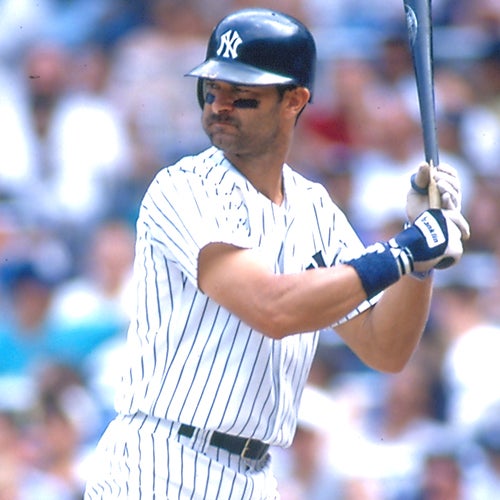
Rich Pilling/National Baseball Hall of Fame and Museum
DALE MURPHY
Dale Murphy earned back-to-back NL Most Valuable Player Awards with the Braves in 1982-83 during a five-year stretch where he won five Gold Glove Awards in center field and four Silver Slugger Awards. A seven-time All-Star who played 18 seasons with the Braves, Phillies and Rockies, Murphy led the league in home runs twice, RBI twice and slugging percentage twice while posting a 30 homer/30 steal season in 1983.

National Baseball Hall of Fame and Museum
GARY SHEFFIELD
Gary Sheffield was a nine-time All-Star who totaled 509 home runs and 1,676 RBI during 22 seasons with the Brewers, Padres, Marlins, Dodgers, Braves, Yankees, Tigers and Mets. A five-time Silver Slugger Award winner (once at third base and four times in right field), he finished in the Top 10 of his league’s MVP voting six times. The 1992 NL batting champion topped the 300 total base mark six times and drove in at least 100 runs eight times.
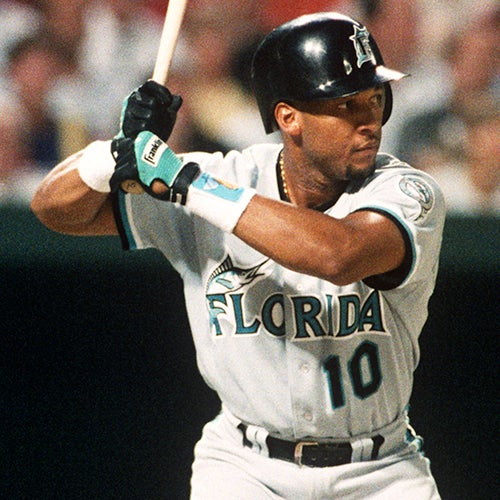
MLB Photos
FERNANDO VALENZUELA
Fernando Valenzuela, the 1981 National League Rookie of the Year and Cy Young Award winner, went 173-153 over 17 seasons with the Dodgers, Angels, Orioles, Phillies, Padres and Cardinals. As the first and to date the only pitcher to win the Rookie of the Year and Cy Young awards in the same season, he inspired what came to be called Fernandomania. He was a six-time All-Star and finished in the Top 5 of his league’s Cy Young Award four times.
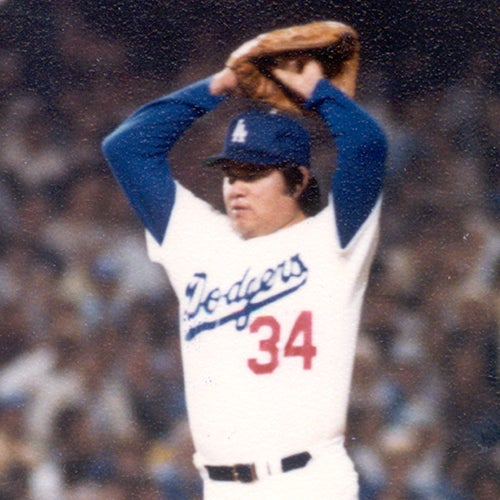
MLB Photos
ABOUT THE ERAS COMMITTEES
The Era Committees consist of three different electorates: The Classic Baseball Era, consisting of the period prior to 1980 and including Negro Leagues and pre-Negro Leagues stars; and the Contemporary Baseball Era, consisting of the period from 1980 to present day. The Contemporary Baseball Era is split into two separate ballots – one ballot to consider only players who made their greatest impact on the game since 1980, and another composite ballot consisting of managers, executives and umpires whose greatest contributions to the game have come since 1980.
Eras considered for yearly induction over the upcoming years are as follows:
2026 – Contemporary Baseball Player
2027 – Contemporary Baseball Managers/Executives/Umpires
2028 – Classic Baseball
2029 – Contemporary Baseball Player
2030 – Contemporary Baseball Managers/Executives/Umpires.
2031 – Classic Baseball
Both the ballot and electorate are created anew with each cycle for consideration.
Beginning with the December 2025 Contemporary Baseball Era ballot for players, any candidate who appears on a ballot and does not receive votes from at least five of the 16 voters will not be eligible to be placed on the ballot within its next three-year cycle. Any such candidates would remain eligible to return to an Era Committee ballot in the following election cycle. Any Era Committee voting results prior to December 2025 do not apply to this rule.
Additionally, any candidate that does not receive at least five of 16 votes in multiple appearances on Era Committee ballots will not be eligible for future ballot consideration.
FREQUENTLY ASKED QUESTIONS
How were the Contemporary Baseball Era finalists selected?
The eight Contemporary Baseball Era player finalists were selected by the BBWAA-appointed Historical Overview Committee from all eligible candidates among players whose most significant career impact was realized since 1980.
Who is eligible for the Contemporary Baseball Era ballot?
Eligible candidates include players who played in at least 10 major league seasons and have been retired for 15 or more seasons.
All candidates must not be on Baseball’s Ineligible List.
How many votes are needed to earn election?
Any candidate who receives votes on 75 percent of the ballots cast by the committee will earn election to the National Baseball Hall of Fame.
Who determines the Contemporary Baseball Era ballot?
The Contemporary Baseball Era player ballot was determined this fall by the Historical Overview Committee, comprised of 11 veteran historians: Adrian Burgos (University of Illinois); Bob Elliott (Canadian Baseball Network); Steve Hirdt (longtime statistician and historian); La Velle Neal (Minneapolis Star Tribune); David O’Brien (The Athletic); Jose de Jesus Ortiz (Our Esquina Media), Jack O’Connell (BBWAA); Jim Reeves (formerly Fort Worth Star-Telegram); Glenn Schwarz (formerly San Francisco Chronicle); Susan Slusser (San Francisco Chronicle); and Mark Whicker (formerly Southern California News Group).
Who are the voters on the Contemporary Baseball Era Committee?
The 16-member Hall of Fame Board-appointed electorate charged with the review of the Contemporary Baseball Era ballot features Hall of Fame members Fergie Jenkins, Jim Kaat, Juan Marichal, Tony Pérez, Ozzie Smith, Alan Trammell and Robin Yount; major league executives Mark Attanasio, Doug Melvin, Arte Moreno, Kim Ng, Tony Reagins and Terry Ryan; and veteran media members/historians Steve Hirdt, Tyler Kepner and Jayson Stark.
When does the Contemporary Baseball Era Committee meet?
The Contemporary Baseball Era Committee met Sunday, Dec. 7, to discuss and review the candidacies of the eight finalists as part of baseball’s Winter Meetings in Orlando, Fla.
When is the 2026 Induction Ceremony?
Any electees from the Contemporary Baseball Era Committee will be inducted in Cooperstown on July 26, 2026, along with any electees who emerge from the 2026 Baseball Writers’ Association of America election, to be announced on Jan. 20, 2026.
ERA COMMITTEES ELECTION RULES
The Era Committee has been a part of the Hall of Fame voting process since the first class of electees in 1936, with the first Era Committee electees coming in 1937.
BBWAA ELECTION RULES
Since 1936, the Baseball Writers' Association of America has held the exclusive voting privilege to consider recently retired players for the National Baseball Hall of Fame.
FUTURE ELIGIBLES
Provided that they remain retired, the following are partial lists of former Major League ballplayers who will become eligible for consideration by the BBWAA for election into the Hall of Fame in upcoming years.
ERA COMMITTEES ELECTION RULES
The Era Committee has been a part of the Hall of Fame voting process since the first class of electees in 1936, with the first Era Committee electees coming in 1937.
BBWAA ELECTION RULES
Since 1936, the Baseball Writers' Association of America has held the exclusive voting privilege to consider recently retired players for the National Baseball Hall of Fame.
FUTURE ELIGIBLES
Provided that they remain retired, the following are partial lists of former Major League ballplayers who will become eligible for consideration by the BBWAA for election into the Hall of Fame in upcoming years.
